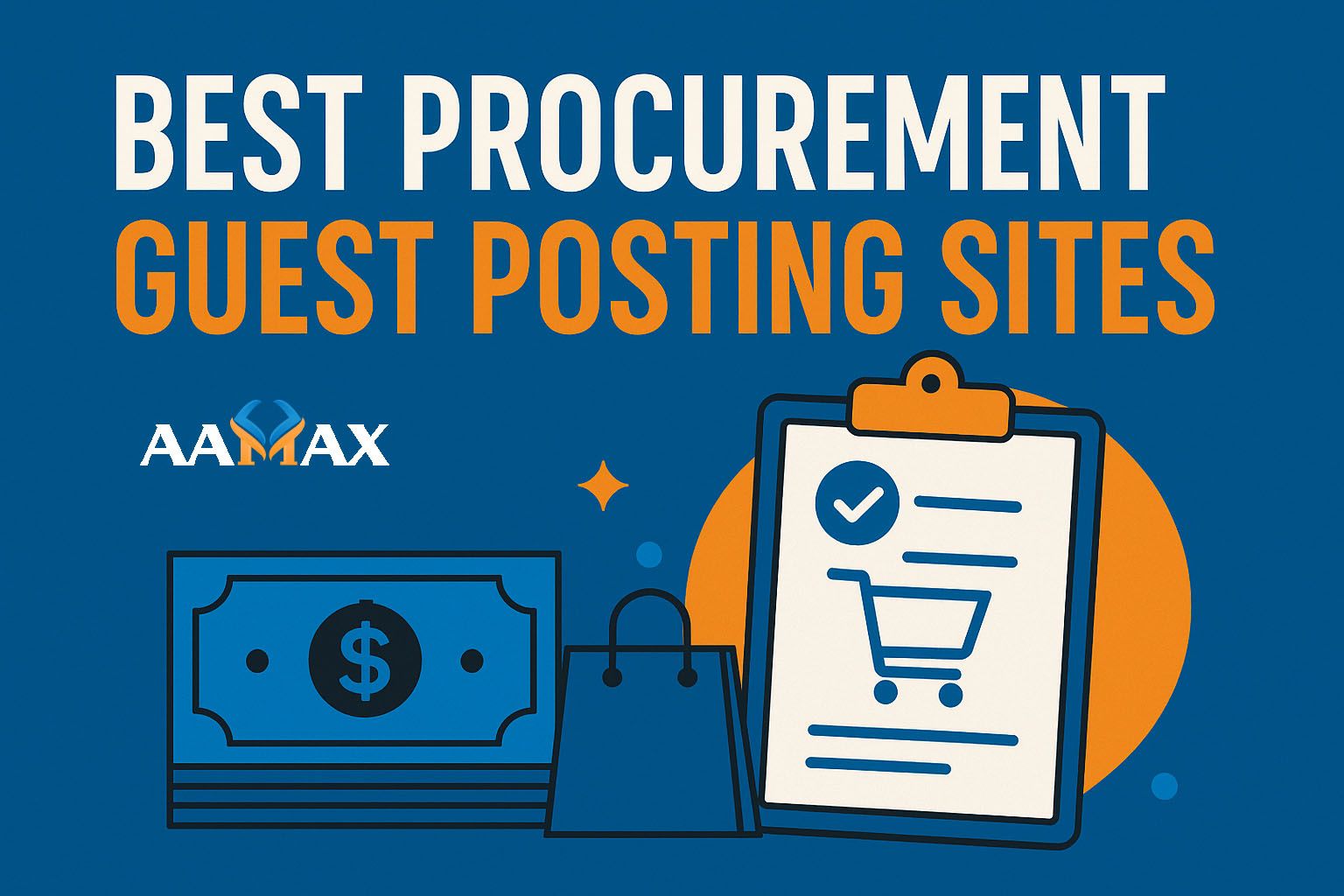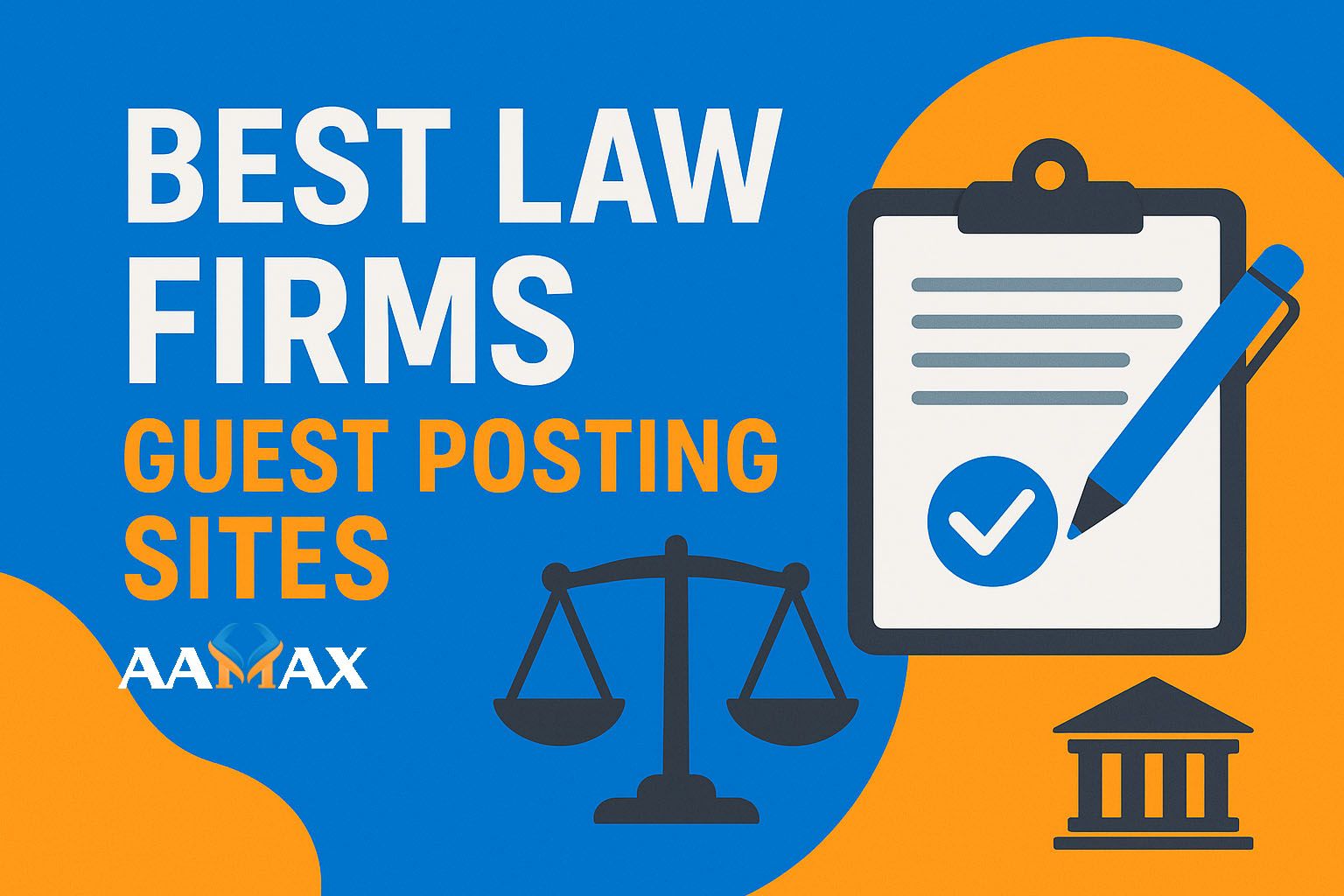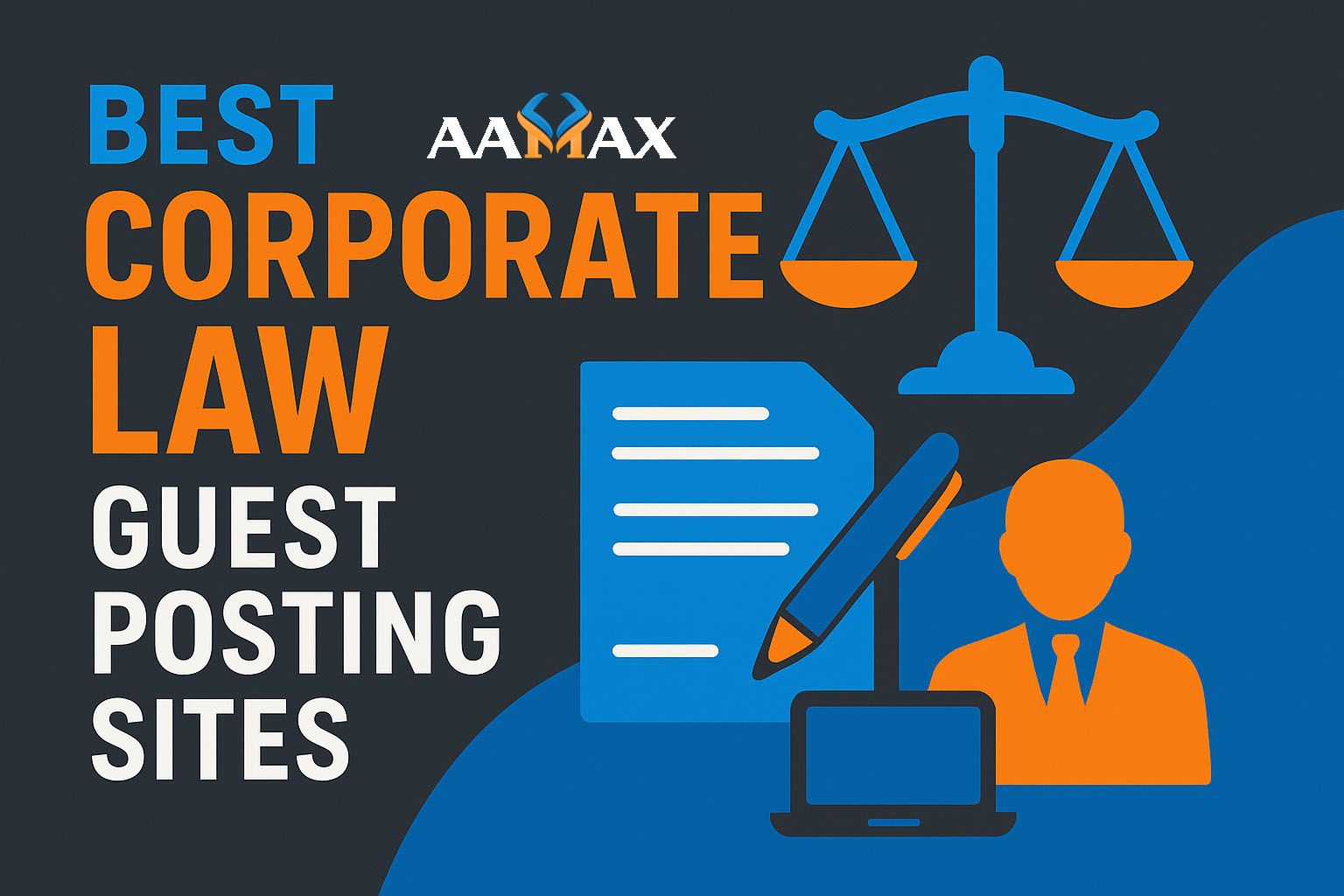
What Is Spam Score? (+ Best Practices to Lower Spam Score)
In the ever-evolving world of Search Engine Optimization (SEO) and digital marketing, few terms spark as much curiosity as spam score. If you’ve been working on improving your website’s visibility and authority, you may have come across this metric in SEO tools like Moz, Ahrefs, or SEMrush. But what exactly does it mean? How is it calculated? And most importantly, what can you do to lower it?
This guide explores what spam score is, why it matters, how it’s calculated, and best practices to keep your website’s score healthy. By the end, you’ll not only understand the importance of monitoring spam score but also how to actively maintain a trustworthy online presence that earns search engines’ trust.
What Is Spam Score?
Spam score is a metric developed by SEO tools (most famously Moz) to predict the likelihood that a website might be penalized or devalued by search engines, especially Google. It is measured on a scale from 0% to 100%, where a higher percentage suggests a greater probability that a website may be considered spammy.
In simple terms:
- Low spam score (1%–30%): Safe, minimal risk of being flagged.
- Medium spam score (31%–60%): Needs attention—review your site for potential red flags.
- High spam score (61%–100%): Dangerous territory—your site is at high risk of penalties and should be fixed immediately.
Spam score isn’t a direct Google ranking factor, but it reflects signals that search engines might consider low-quality or manipulative, such as unnatural backlink profiles, poor content, or suspicious domain metrics.
How Is Spam Score Calculated?
Spam score is based on various factors known as “spam flags.” These are signals that SEO tools detect when analyzing websites. If your site shares characteristics with penalized or spammy domains, your score goes up.
Some common spam indicators include:
- Low Domain Authority – A brand-new website with no backlinks may look suspicious.
- Thin or Duplicate Content – Pages with little original content or heavy duplication.
- Spammy Backlinks – Too many inbound links from irrelevant, low-quality, or spammy sites.
- High Link Velocity – Getting hundreds of backlinks overnight can trigger spam signals.
- Exact Match Domains (EMDs) – Domains that look unnatural or keyword-stuffed (e.g., bestcheapshoesonline.com).
- Over-Optimized Anchor Text – Backlinks with exact-match keywords repeated excessively.
- Lack of Branding – Sites with no brand presence or clear identity often rank higher in spam signals.
- Low Engagement – High bounce rates, low time on site, and poor user experience.
- Poor On-Page SEO Practices – Keyword stuffing, hidden text, or unnatural formatting.
- Excessive Ads or Popups – Aggressive monetization signals that prioritize ads over content.
Each of these elements contributes to how SEO tools assess your spam score.
Why Spam Score Matters
While spam score isn’t part of Google’s official ranking algorithm, it affects your digital presence indirectly:
- Trustworthiness – A high spam score signals to search engines and users that your site may not be trustworthy.
- Backlink Audits – Spam score is often used to assess the quality of your backlink profile.
- Penalty Risk – If your site shares too many traits with flagged sites, it may trigger manual reviews or algorithmic penalties.
- Reputation Management – Other businesses, partners, or customers may hesitate to collaborate with a site flagged as spammy.
Keeping your spam score low is crucial to ensuring long-term SEO success and brand credibility.
Best Practices to Lower Spam Score
If your website has a medium or high spam score, don’t panic—it’s fixable. The key is to identify the problem areas and implement SEO services. Let’s go through the most effective strategies.
1. Audit Your Backlink Profile
Backlinks are one of the most common reasons websites develop a high spam score.
Action Steps:
- Use tools like Moz, Ahrefs, or SEMrush to identify toxic backlinks.
- Look for links from irrelevant or low-authority websites.
- Use Google’s Disavow Tool to remove harmful backlinks.
- Build relationships with reputable sites in your niche for high-quality backlinks.
2. Focus on High-Quality Content
Thin, duplicate, or keyword-stuffed content can trigger spam signals.
Action Steps:
- Publish in-depth, original articles that provide real value.
- Avoid duplicate content across multiple pages.
- Balance keywords naturally instead of over-optimizing.
- Update outdated blog posts with fresh insights.
3. Improve On-Page SEO
Search engines can detect manipulative on-page SEO tactics, which increase spam score.
Action Steps:
- Use natural keyword placement.
- Optimize meta titles and descriptions without stuffing.
- Ensure proper header (H1, H2, H3) hierarchy.
- Fix broken links and redirects.
- Use clean and user-friendly URL structures.
4. Strengthen Branding Signals
Spammy sites often lack clear branding, which lowers trust.
Action Steps:
- Use a professional logo and consistent brand voice.
- Link social media profiles to your website.
- Create an About Us and Contact page for credibility.
- Build an active online presence across multiple platforms.
5. Balance Advertising and User Experience
Overly aggressive ads and pop-ups frustrate users and raise spam scores.
Action Steps:
- Limit intrusive ads above the fold.
- Avoid excessive affiliate links.
- Optimize page speed for better engagement.
- Provide a clean, easy-to-navigate design.
6. Monitor Technical SEO Health
Search engines may interpret technical issues as spammy behavior.
Action Steps:
- Ensure mobile responsiveness.
- Use HTTPS for secure browsing.
- Improve site speed and Core Web Vitals.
- Fix duplicate content via canonical tags.
- Submit updated XML sitemaps to search engines.
7. Avoid Black Hat SEO Tactics
Black hat techniques may offer short-term gains but result in long-term penalties.
Avoid:
- Buying backlinks in bulk.
- Using private blog networks (PBNs).
- Hiding text or links.
- Cloaking content for search engines.
8. Regularly Track Spam Score
Spam score can fluctuate as your site evolves.
Action Steps:
- Schedule monthly or quarterly spam score checks.
- Run backlink audits regularly.
- Track competitor spam scores for benchmarking.
- Adjust strategies when spam signals increase.
Tools to Monitor and Lower Spam Score
Several SEO tools can help you monitor and improve your spam score effectively:
- Moz Link Explorer – The most popular tool for tracking spam score.
- Ahrefs – Identifies toxic backlinks and anchor text distribution.
- SEMrush – Provides in-depth backlink audits and domain authority checks.
- Google Search Console – Tracks backlinks and indexing issues.
- Screaming Frog SEO Spider – Helps detect duplicate content and on-page issues.
Example: How Spam Score Can Affect Your Business
Imagine you run an e-commerce store selling eco-friendly products. You outsource link building to an agency that builds hundreds of backlinks overnight from irrelevant blogs, forums, and directories. At first, your rankings rise. But within weeks, search engines notice the unnatural link velocity, and your spam score spikes to 70%.
As a result:
- Your site’s organic rankings drop.
- Potential partners hesitate to collaborate.
- You need months of cleanup work to recover.
This example shows why sustainable SEO practices are more effective than shortcuts.
How Long Does It Take to Lower Spam Score?
The time it takes depends on the severity of issues:
- Minor fixes (thin content, on-page errors): 2–4 weeks.
- Backlink cleanups: 1–3 months depending on volume.
- Severe penalties: 6+ months with consistent improvements.
Patience and consistent effort are key—spam score improvements don’t happen overnight.
Bringing It All Together
Spam score is not a direct ranking factor, but it’s a strong warning signal about the overall health of your SEO strategy. A high spam score doesn’t just risk search engine penalties; it damages your brand’s credibility and growth potential.
By following best practices—like cleaning backlinks, improving content quality, strengthening branding, and avoiding black hat tactics—you can keep your spam score low and build a trustworthy online presence.
Final Thoughts
In digital marketing, reputation is everything. Monitoring your spam score is like checking the pulse of your SEO health—it gives you insights into whether your website is at risk and what to fix before it’s too late.
If managing SEO, spam score, and technical audits feels overwhelming, you don’t have to do it alone. Partner with experts who understand the complexities of search optimization. AAMAX is a full-service digital marketing company offering web development, SEO, and digital marketing solutions to help businesses reduce spam score risks, improve authority, and grow sustainably.







